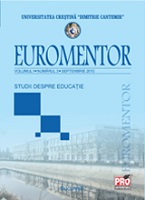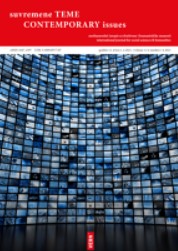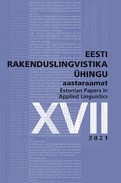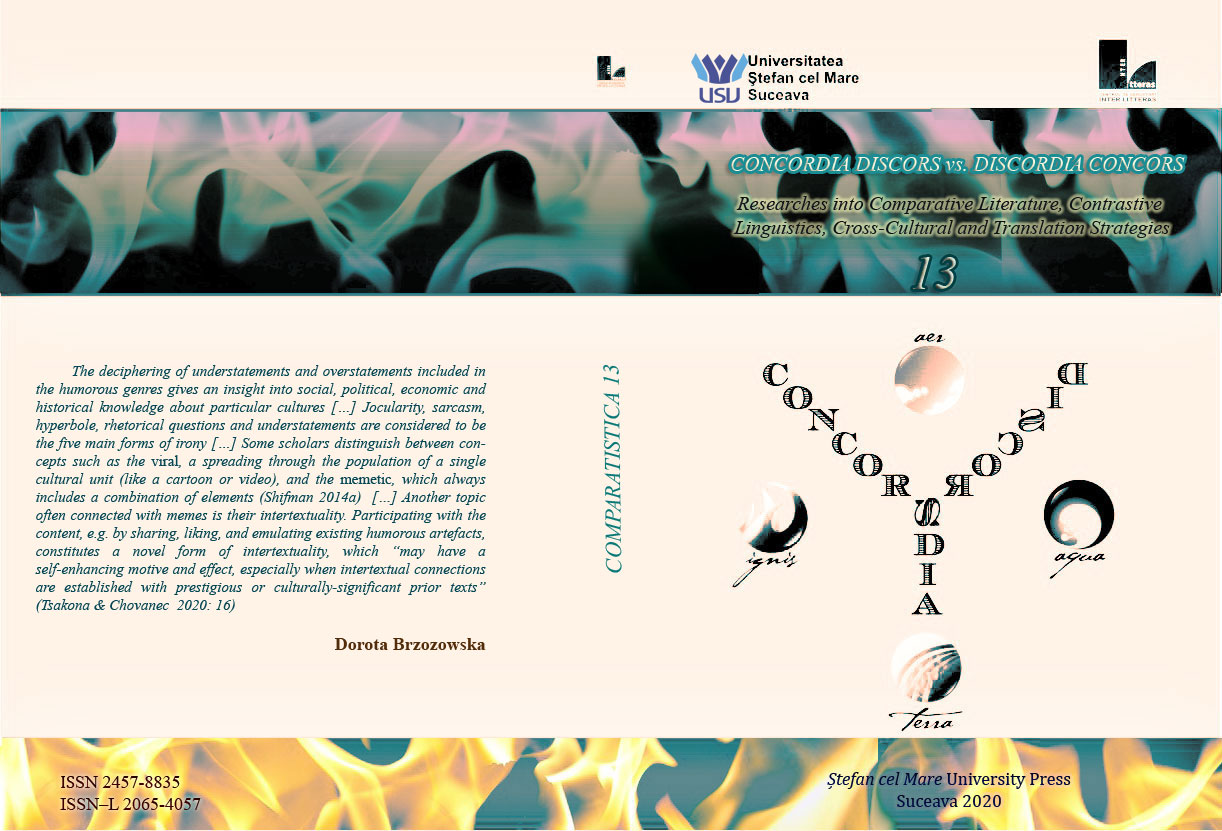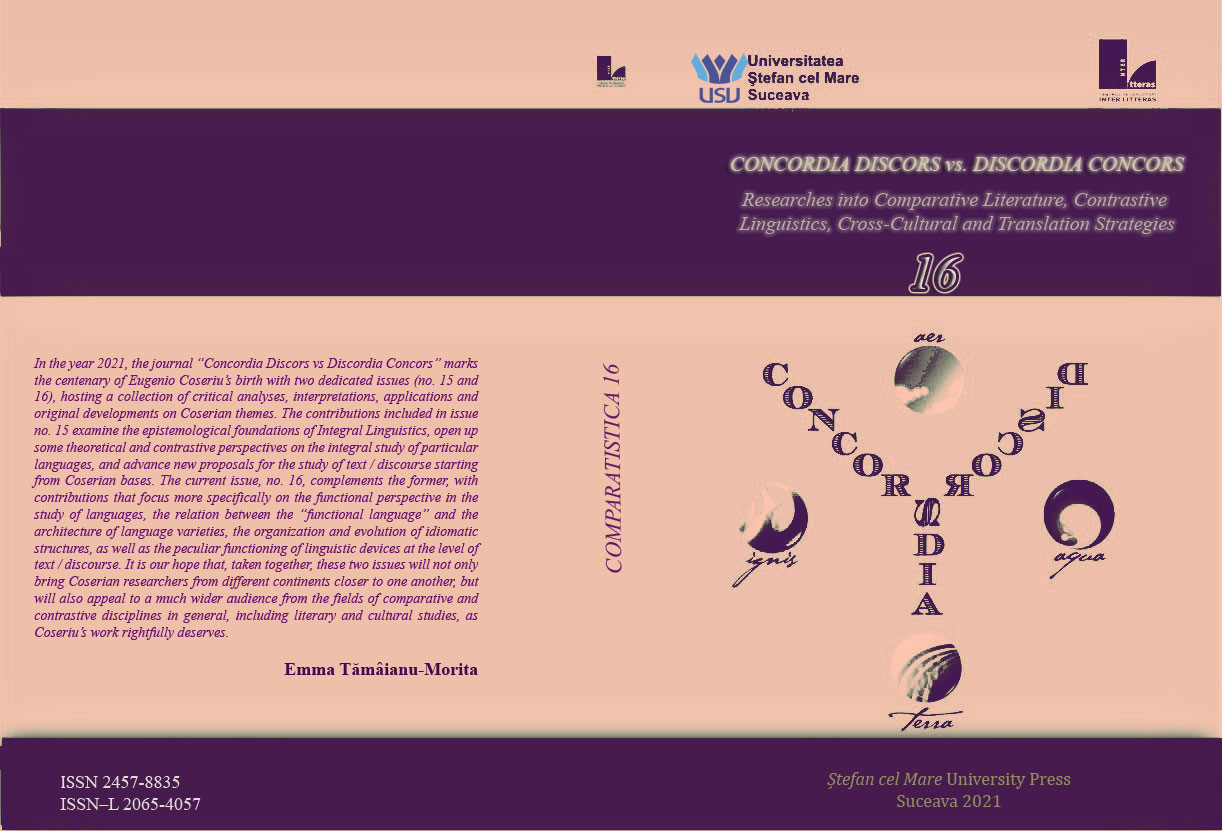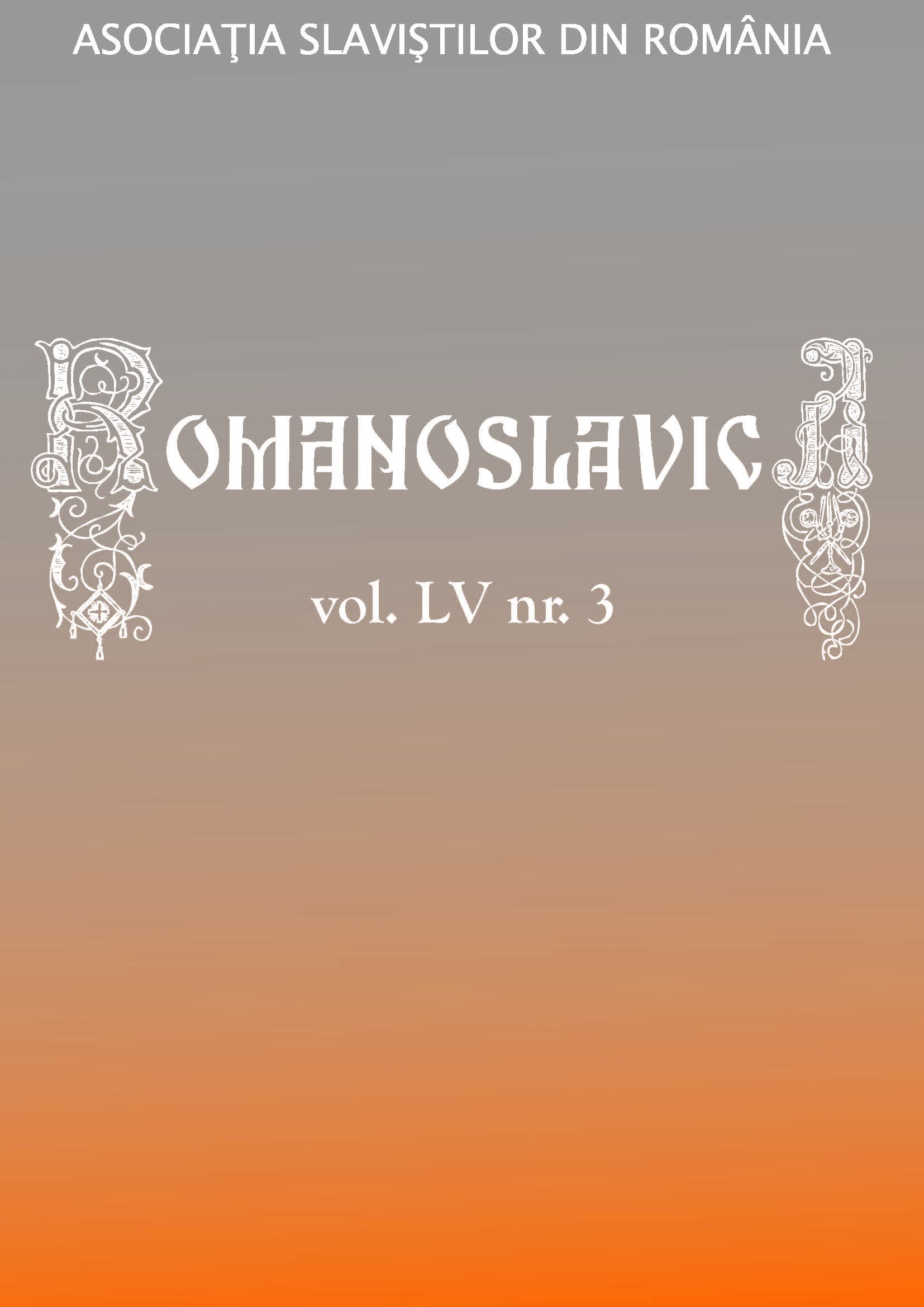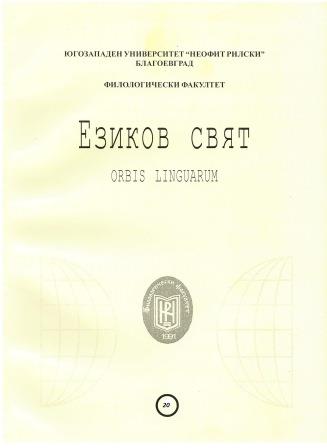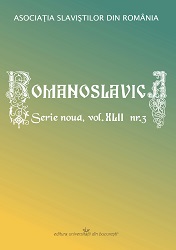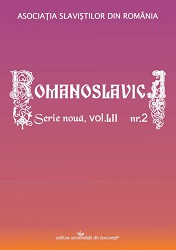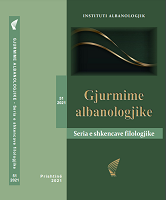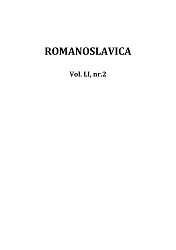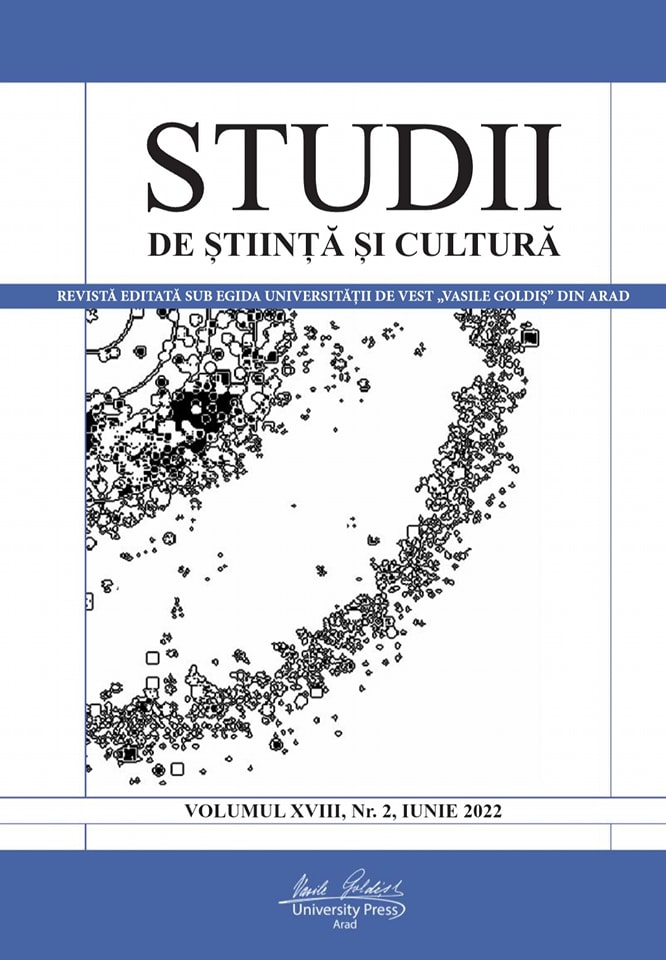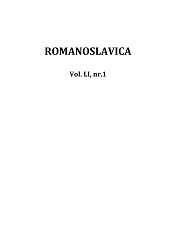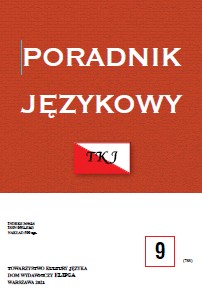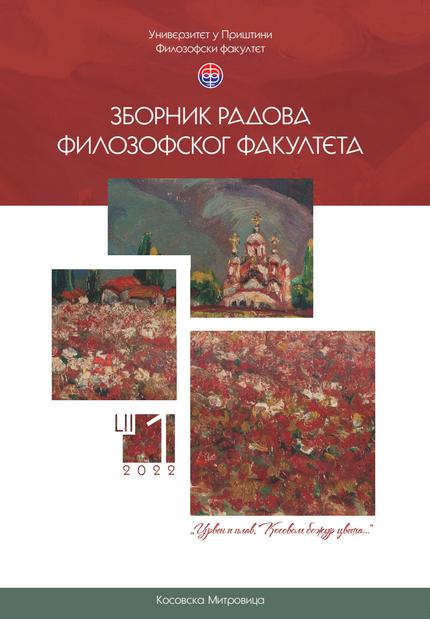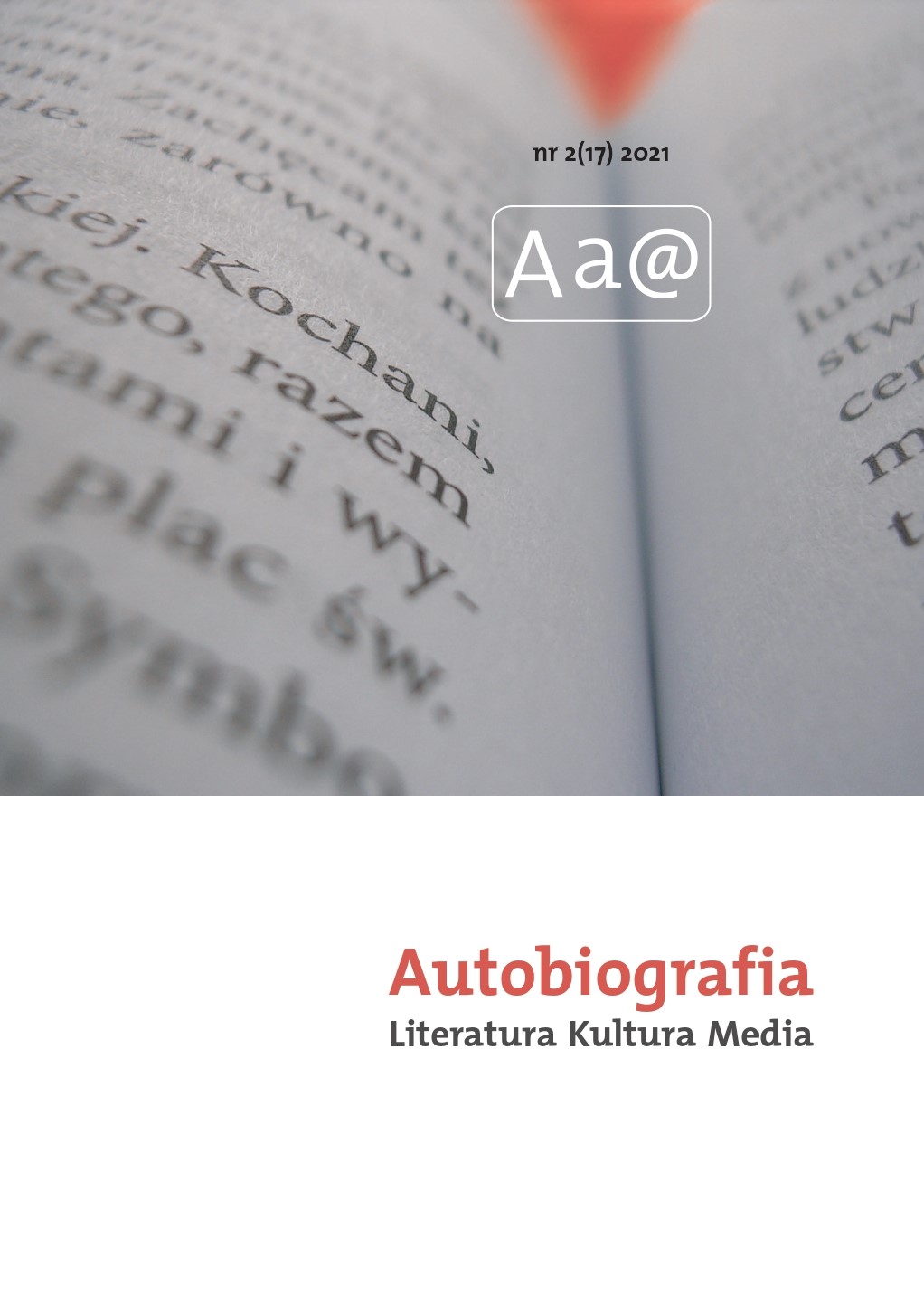
Literatura współistniejąca
The aim of this article is an attempt to answer the question whether the COVID-19 pandemic – contrary to all the negative scenarios and unequivocally pessimistic descriptions – can become a tool for a culture-making change whose positive effects can be observed in the area of literature. After all, the unequivocally negative image of a disaster as an event having solely destructive consequences is not the only possible outlook. Scholars engaged in disaster studies equally strongly emphasize the creative dimension of disasters perceiving them as a kind of energetic stimuli that bring about ambivalent, ambiguous phenomena. It is this kind of thinking that I am trying to adapt to the description of the literary life during pandemic.
More...
